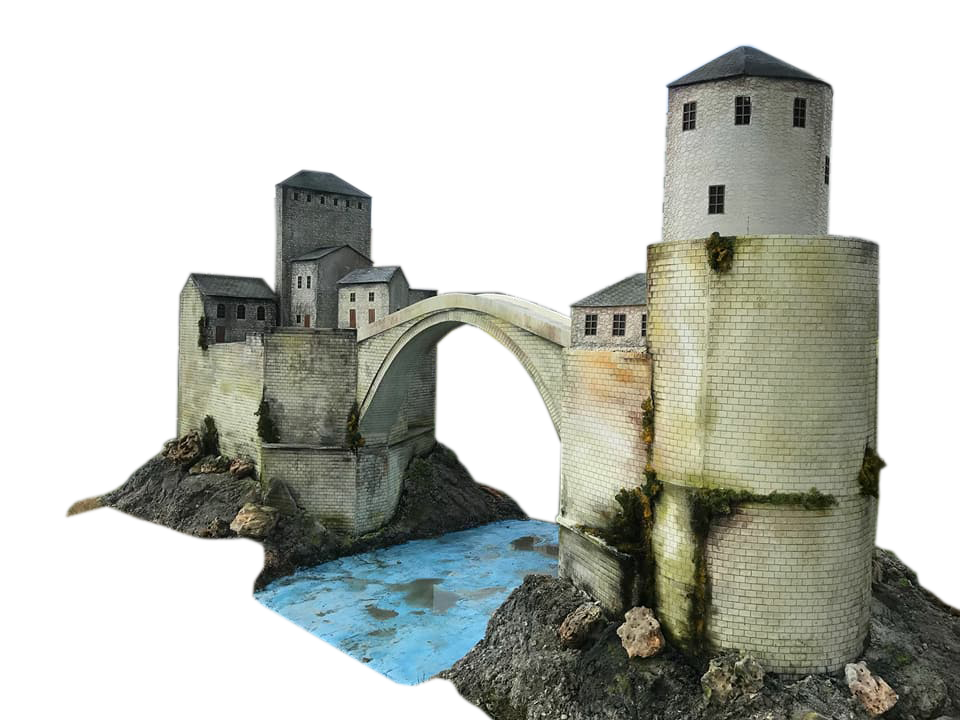Miniature models are scaled-down replicas of objects. Miniature modeling encompasses electric trains, remote-controlled boats, houses, or smaller models like animals, weapons, and furniture. Miniature models can be used for prototyping purposes of a product or simply serve as entertainment for those who collect miniature models. There's no better gift than a handcrafted miniature model.
Creating a Miniature Model
To choose a DIY kit for your miniature model, you first need to determine what you'll need during the process: cutting, gluing, and painting. Use either foam, cardboard, or wood based on your preferences. After preparing scissors or a precision knife, have a cutting mat ready to avoid mess and benefit from measurements. Glue and a model solvent will come in handy. When selecting the brush, consider the scale of your work as there might be very fine details to attend to. The rest depends on your skill and passion.
Interactive Miniature Models
There are enhancements for your miniature models that can make your models physically functional. Mechanisms and remote-controlled motors allow you to set parts of your models in motion or rotation, adding a dynamic dimension to the model. Remote-controlled motors (Radio Control) can be operated remotely during an exhibition. Trains, a boat's propeller, or a windmill in a miniature village can be simulated to rotate. Another physical example is a sound system, like horns, or bringing miniature dolls to life. This is the most effective way to sell your craftsmanship.





